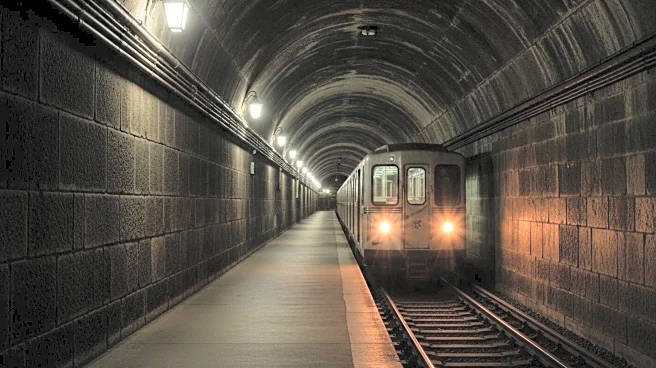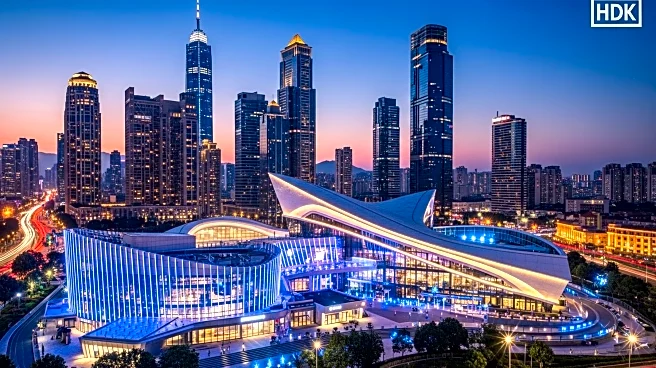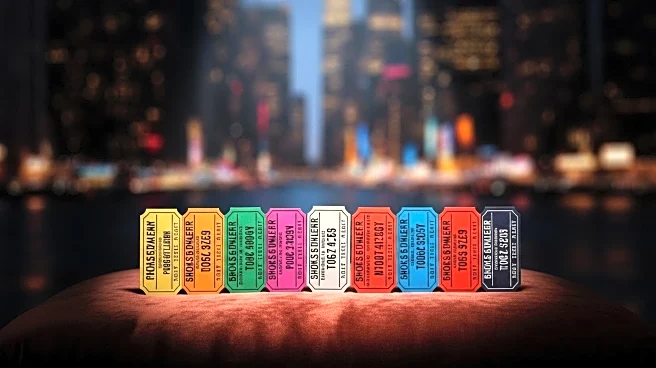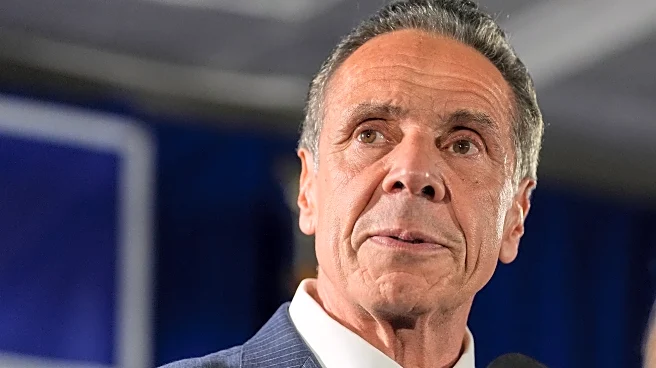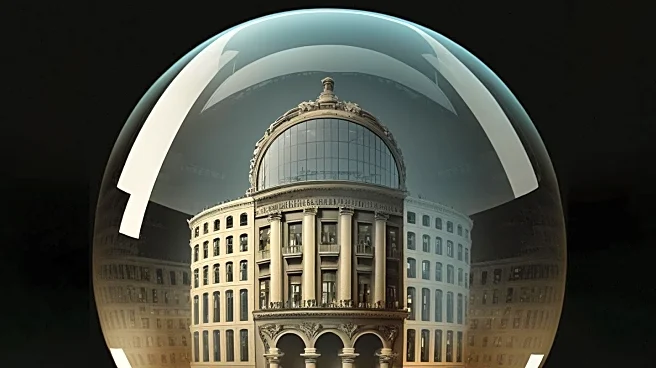What's Happening?
On February 26, 1870, Alfred Ely Beach, a New York inventor, unveiled a secret pneumatic subway beneath Broadway in New York City. This unauthorized tunnel was designed to demonstrate the feasibility of a subway system, despite lacking approval from City Hall. Beach hosted an extravagant event to showcase the subway, complete with a grand piano, chandeliers, and a water fountain stocked with goldfish. The subway car was richly upholstered and illuminated with zirconia lights. Beach aimed to leverage public awe to push for legislative action, asking guests to sign petitions to extend the line. Despite the public's enthusiasm, powerful business and political interests, including Boss Tweed, thwarted Beach's plans, fearing competition with existing streetcar systems.
Why It's Important?
Beach's secret subway highlights the challenges of implementing innovative infrastructure projects in the face of political and business opposition. His efforts underscore the potential of engineering solutions to address urban congestion, a problem still relevant today. The story illustrates how political interests can impede technological advancements, a theme echoed in modern infrastructure debates. Beach's subway was a precursor to New York City's official subway system, which began construction decades later, demonstrating the long-term impact of visionary ideas despite initial setbacks.
What's Next?
While Beach's subway never expanded beyond its initial demonstration, it set a precedent for future transit developments. The eventual construction of New York City's subway system in the early 20th century reflects the persistence of infrastructure innovation despite political hurdles. Current infrastructure projects continue to face similar challenges, requiring navigation through complex permitting processes and political opposition. The story of Beach's subway serves as a reminder of the importance of balancing engineering innovation with political strategy to achieve successful urban development.
Beyond the Headlines
Beach's subway project offers insights into the ethical and cultural dimensions of urban planning. It raises questions about the role of private innovation in public infrastructure and the ethical implications of circumventing official approval processes. The project also reflects cultural shifts towards embracing technological solutions for urban challenges, a trend that continues to shape city planning today. Beach's vision of a clean, efficient subway contrasts with the slow, dirty streetcars of his time, highlighting the cultural appeal of modernity and progress.

